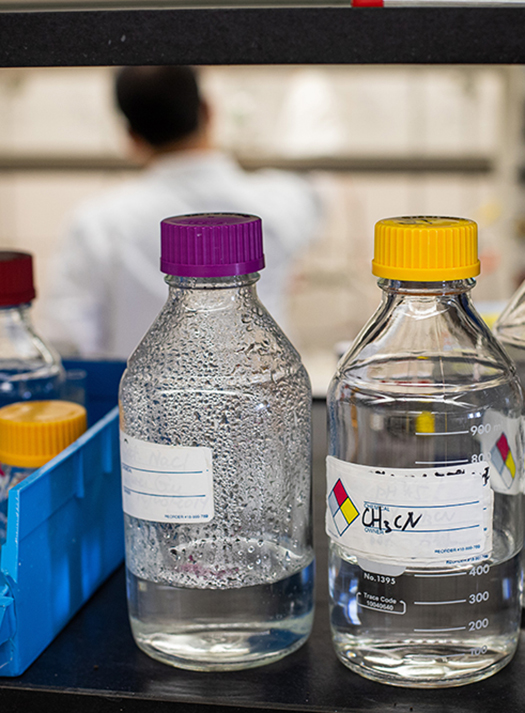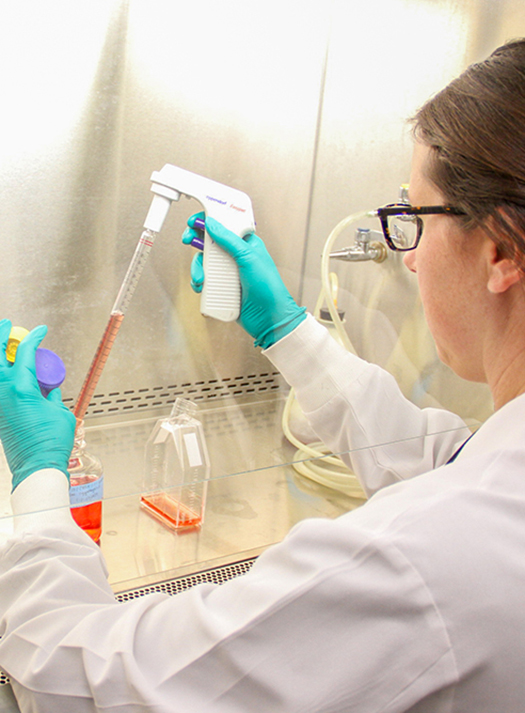PET-RTRC
Projects
Technology Research & Development (TR&D)
The goal of each TR&D project is to develop new PET radiotracers that will image biologic targets modulating the ubiquitous disease processes of inflammation and oxidative stress.
Collaborative Projects (CP)
Collaborative Projects (CPs) work in conjunction with TR&Ds, expediting the translational timeline through comprehensive preclinical evaluation of the radiotracers in development.
To propose a project, please complete the Collaborative Projects Application.
Service Projects (SP)
Service Projects (SP) gain access to mature center products otherwise unavailable, providing an opportunity for the advancement of research and newly formed collaborations.
To participate, please complete the Service Project Application.



